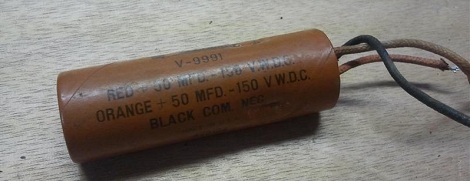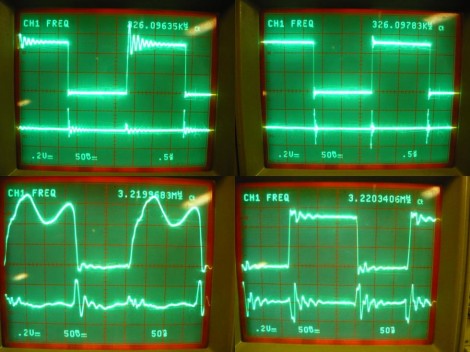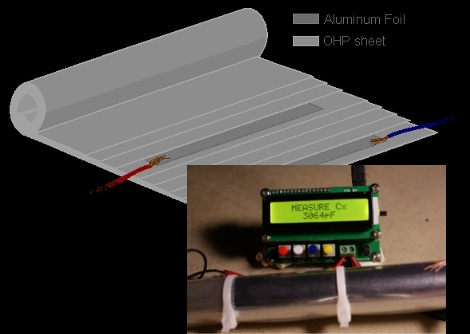
If you’ve ever torn into very old equipment for a little refurbishment, you’ve seen ancient capacitors among tube sockets and carbon resistors. These caps are long past their life expectancy and are dried out. Putting a brand-new metal can cap in a piece of equipment from the 40s just seems wrong, though. Luckily, [unixslave] posted a nice cap rebuilding tutorial on the Hack a Day forum.
To get inside, [unixslave] melted the resin and wax plug at the base of an old cap with a soldering iron. After cleaning out 70-year-old goo with the tip of a flathead screwdriver, he drilled a hole through the core of the cap.
[unixslave] took the old wax-pressed tube of the old cap and put some modern electrolytics inside. The result reminds us of a shady practice happening in a cap factory somewhere, but [unixslave] is keeping everything on the level. The repaired cap has the same value as what’s on the label, just enough to get that old tube amp working.
















